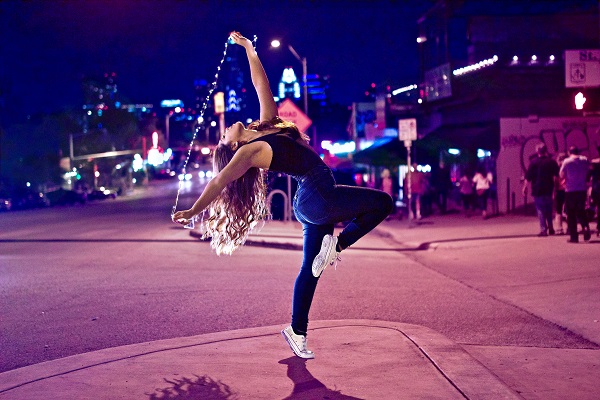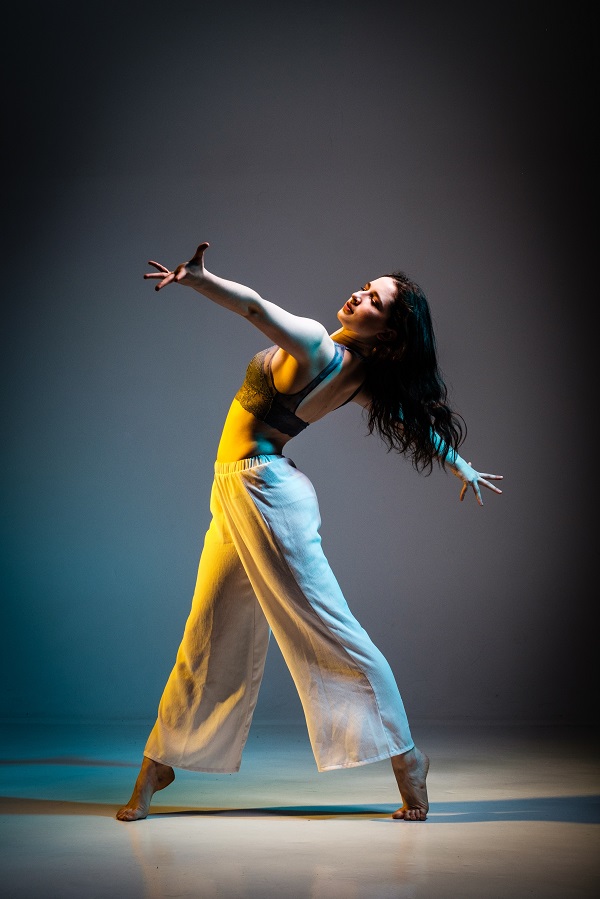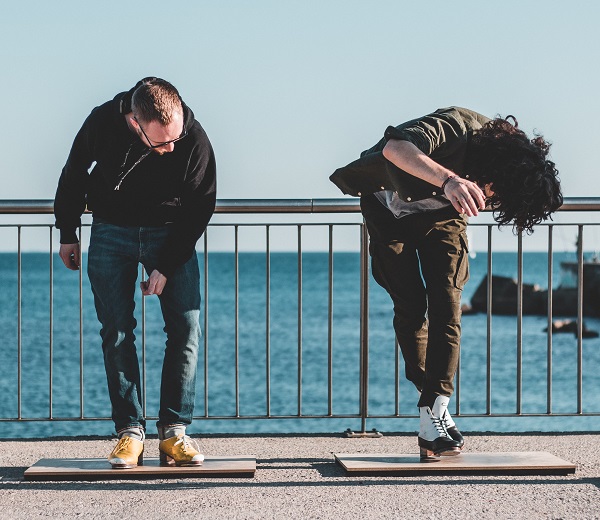
Girls Tights Available Online
We don’t know when people began to dance; however, because dance is almost universal, and because it is so intimately interrelated with other aspects of a culture, it is quite possible that dance developed along with the evolution of our species. Prehistoric cave paintings from more than 20,000 years ago depict figures in animal costumes who seem to be dancing, possibly in hunting or fertility rituals, or perhaps merely for education or entertainment. Certainly, these depictions differ tremendously than our images of little ones in girls tights practicing their routines under the critical eye of their ballet instructor!
Written as well as visual evidence of dance has survived from the ancient civilizations of the Mediterranean region and the Middle East. Egyptian tombs depict people who seem to be dancers, often in acrobatic positions such as backbends; these figures probably represent professional entertainers who were slaves. Dancing was essential to agricultural and religious festivals. The Greeks admired dancing, including it among the activities fostered by their art, religion, and philosophy. In tragedy, the chorus used symbolic gestures and dance steps to accompany the spoken or sung verse. The Christian church, which dominated the European Middle Ages, disapproved of dancing. Dancing continued among the people, however, both in communal festivals and as entertainment.
Variations of medieval peasant dances continue today as folk dances. Some peasant dances, taken over and adapted by the aristocracy, became courtly social dances that in turn evolved into ballet. And, this in turn led, eventually, to the need for proper dancewear, including little girls tights for the youngest practicing this art form. Ballet originated in the courts of Italy and France during the Renaissance, becoming primarily a professional discipline by the late 17th century. Since that time, even though its style and subject matter continue to evolve, it has remained a major art form of Western culture. In the late 19th and early 20th centuries the American dancers Isadora Duncan and Ruth St. Denis rebelled against ballet. The work of these modern dance pioneers led to the development of important new dance idioms

Modern dance is a tradition of theatrical dance unique to the 20th century. It flourished in areas that lacked strong ballet traditions, such as in the United States where ballet companies were imported from Europe. Although modern dance originated in Europe, by 1930 the United States had become the center for dance experimentation.
The third period of modern dance began after World War II ended in 1945 and continues today. Such American dancers as Alwin Nikolais, Merce Cunningham, James Waring, Paul Taylor, Alvin Ailey, and Twyla Tharp found their movement sources in the proliferation of 20th-century dance styles. Their works combined and fused techniques drawn from social dance, ballet, and modern dance. (In the years following World War II, ballet choreographers also borrowed just as freely from modern dance.)James Waring and, more recently, Twyla Tharp worked both with ballet companies and with their own modern companies. Along with Paul Taylor and Alwin Nikolais, they employed sense of humor in their choreographies. Tharp began her career as part of the 1960s avant-garde. During this time of social upheaval the American dancers Yvonne Rainer, Trisha Brown, Meredith Monk, and others created works at the extreme limit of what is considered dance. They became interested in everyday activities, manipulations of objects, and mixed-media presentations. In the 1970s the dance mainstream came to accept these choreographers’ works, but few so completely as Tharp’s.

Tap dance is defined as a style of American theatrical dance, distinguished by percussive footwork that marks out precise rhythmic patterns on the floor. Some descriptive step names are brush, flap, shuffle, ball change, and cramp roll. The sources of tap dancing include the Irish solo step dance, the English clog dance, and Africa Whatever dancewear you’re looking for—from little girls tights to tap dance shoes or sophisticated costumes, Dancewear Solutions is one of many fine online merchants and catalogers that carry a full of your dancing necessities. Check them out and you’ll be delighted with the wide selection and reasonable prices. The return policies are great also. Tap dance is defined as a style of American theatrical dance, distinguished by percussive footwork that marks out precise rhythmic patterns on the floor. Some descriptive step names are brush, flap, shuffle, ball change, and cramp roll. The sources of tap dancing include the Irish solo step dance, the English clog dance, and African dance movements. Among the slaves in the southern United States, these merged by the early 19th century into folk styles, the modern descendants of which include buck-and-wing dancing and southern United States clogging (both done in leather-sole shoes).
In late 19th-century minstrel shows and showboat routines, two techniques were popularized: a fast style in wooden-sole shoes, also called buck-and-wing, exemplified by the duo of Jimmy Doyle and Harland Dixon; and soft-shoe, a smooth, leather-sole style made famous by George Primrose. These styles gradually coalesced, and by the 1920s metal plates, or taps, had been added to leather-soled shoes; thus the name tap dance shoes was born. Today, tap dance shoes can be purchased online from such prominent merchants as Dancewear Solutions. In the 1920s and 1930s black dancers contributed to the development of new styles of tap dance, and black dance teams became popular for their acrobatic, often satirical acts. Jazz provided further rhythmic complexity, and Bill ?Bojangles? Robinson became America’s most famous tap dancer. The style was further expanded in the 1930s and 1940s, when dancers such as Fred Astaire, Paul Draper, Ray Bolger, and, in the late 1950s, Gene Kelly added movements from ballet and modern dance. In the late 1970s and early 1980s interest in tap dance underwent resurgence. Tap dance shoes were definitely the in thing!

